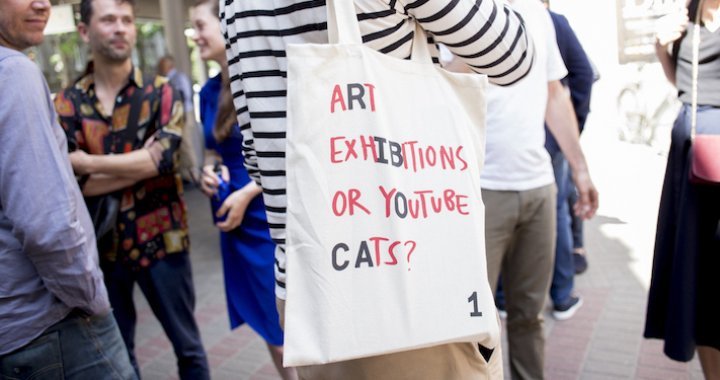
RIBOCA1. Changes are happening
Photo essay from the first days of Riga International Biennial of Contemporary Art
04/06/2018
Photos: Kristīne Madjare
Hans-Ulrich Obrist is meeting Victor Misiano at Andrejsala, a team of two of the most energetic and ragingly feminist bands in the world Chicks on Speed and Peaches are playing in the courtyard of the Latvian Academy of Arts, the author of the roaring Manifesto Julian Rosefeldt is telling his new Latvian friends in an open cafe how the study of architecture has influenced his films. And the director of the Vilnius Contemporary Art Center Kestutis Kuizinas is conversing until 5am at the Brick bar which opened on the territory of the former textile factory “Bolshevichka" (a project of the Latvian artist Andris Eglītis and producer Mārtiņš Mielavs). And all of this is just details on the backdrop of a whole bouquet of exhibitions at different sites of the just-opened Riga Biennial of Contemporary Art (RIBOCA). It is hard to say how long it will take a thoughtful viewer to inspect all the exhibitions of the Biennial, but in this sense the citizens of Riga are in a winning position: by purchasing one ticket, they can slowly inspect venue after venue, arranging any breaks for themselves in between them as RIBOCA will be open until October 28.
The Riga Biennial is without a doubt a powerful, interesting and diverse artistic expression, whose authors are not only the 100+ artist participants, but also a curatorial team led by Katerina Gregos. We will study it gradually, acquainting you with different exhibitions that are a part of the Biennial. But perhaps even more important is another factor: the Riga Biennial seems to have managed to occupy a place that was arranged here by its glorious predecessors of the 80-90s - the Untamed Fashion Assembly and the Arsenal Film Festival. This is not only a potentially powerful project in its cultural factor, but also a "meeting point" for the most diverse layers and "tribes" of modern society; here are both the students eager for new information and the careful and cautious millionaires, intellectuals critical of everything, and then there are the collectors trying to catch the "nerve of time". This is a colourful and bright public that arrived in Riga specifically during the opening days and that speaks many languages of the world. This is a true event.
It began with a dinner for artist participants of the Biennial at the fon Stricka villa which provided its space for the food performance by the artist Anne Duk Hee Jordan called Into The Wild on May 30, then the Biennial continued with a reception at the Benjamin Villa in Jurmala and a concert by Vladislav Nastavshev under the seaside sky on May 31, then the Biennial opened the doors at the Academy of Arts for the big opening party on June 1, where life was in full swing on 4 music stages, and the entrance was free for all. Changes in our society and in our minds is one of the main themes of this Biennial. And RIBOCA itself is also a change that occurs before our eyes, returning its important component back to Riga, perhaps not mentioned often enough recently, which is the international scope. Do you want to see it for yourself? We offer a look at the first days of the Riga Biennale of Contemporary Art in our photo essay.

Commissioner and founder of RIBOCA Agniya Mirgorodskaya


Artist participants of the Biennial on stage at the Splendid Palace during the opening ceremony

James Beckett, Palace Ruin. 2016
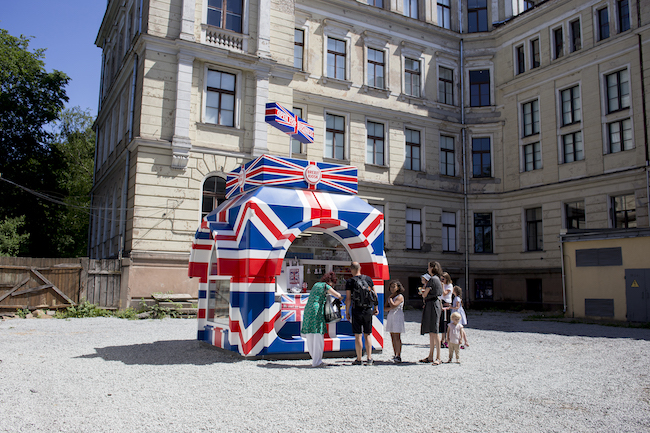

Michael Landy, Open for Business. 2018

The building of the Former Faculty of Biology of the University of Latvia, one of the key venues of the Biennial



In the centre: art collectors Irina Vitola and Maris Vitols
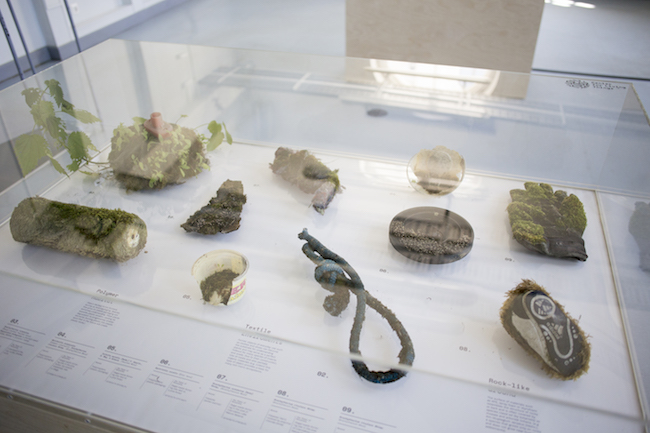
Diana Lelonek, Center for Living Things. 2016-18
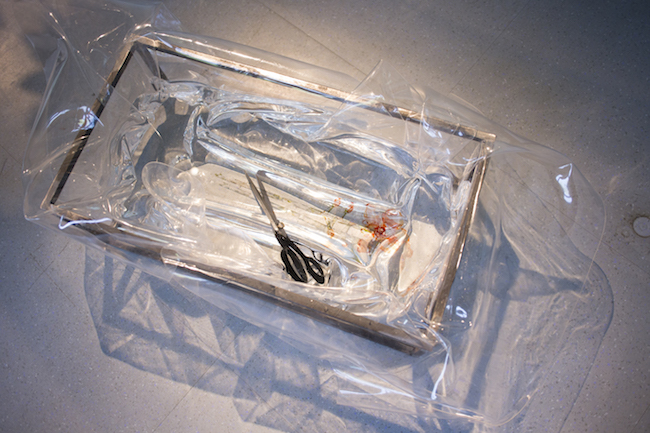
Marina Pinsky, Department of Conservation. 2015
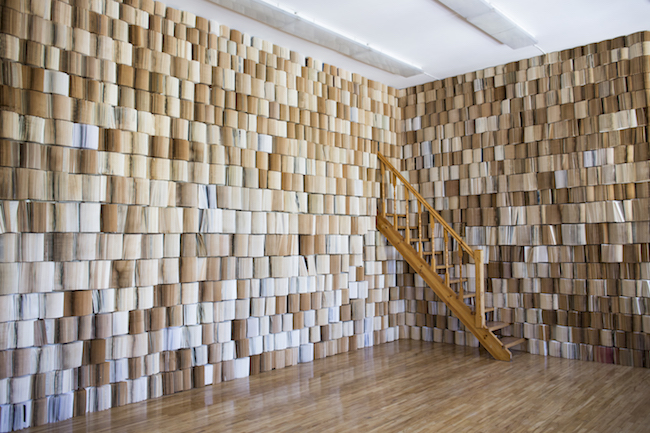
Nikos Navridis, All of old. Nothing else ever... 2018
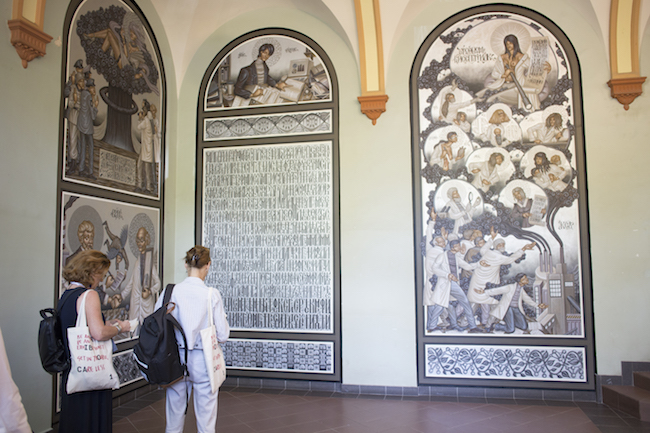
Stelios Faitakis, The New Religion. 2018


Sputnik Photos, Lost Territories Archive. 2016-18
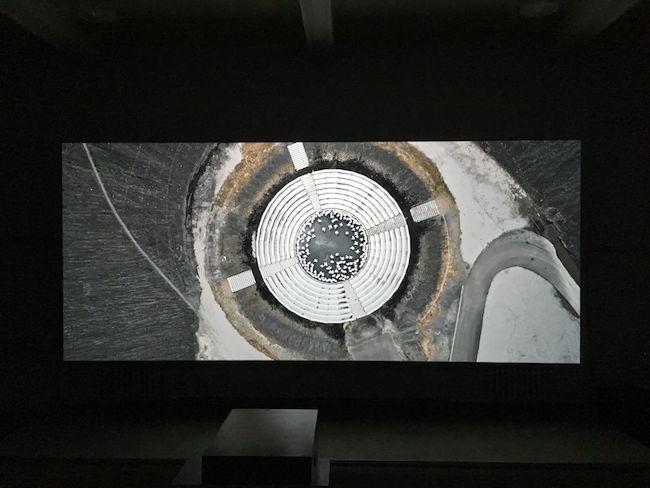
Julian Rosefeldt, In the Land of Drought. 2016

Jacob Kirkegaards, MELT. 2016

Julian Charrière, Tropisme. 2015


Katarzyna Przezwańska, Early Polishness. 2017

Marge Monko, I don't know You, so I can't love You. 2018


Mark Dion, A Tour of the Dark Museum. 2018

News editor of Arterritory Tomass Pārups with the artist Mark Dion


Performance by Alexis Blake “Allegory of the Painted Woman” 2012-15
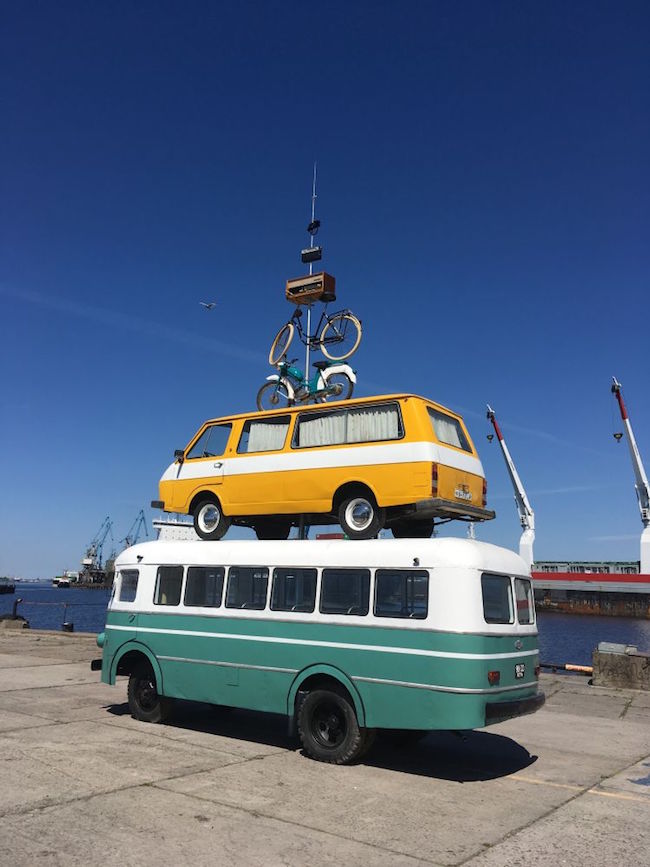
Maarten Vanden Eynde. Pinpointing Progress. 2018
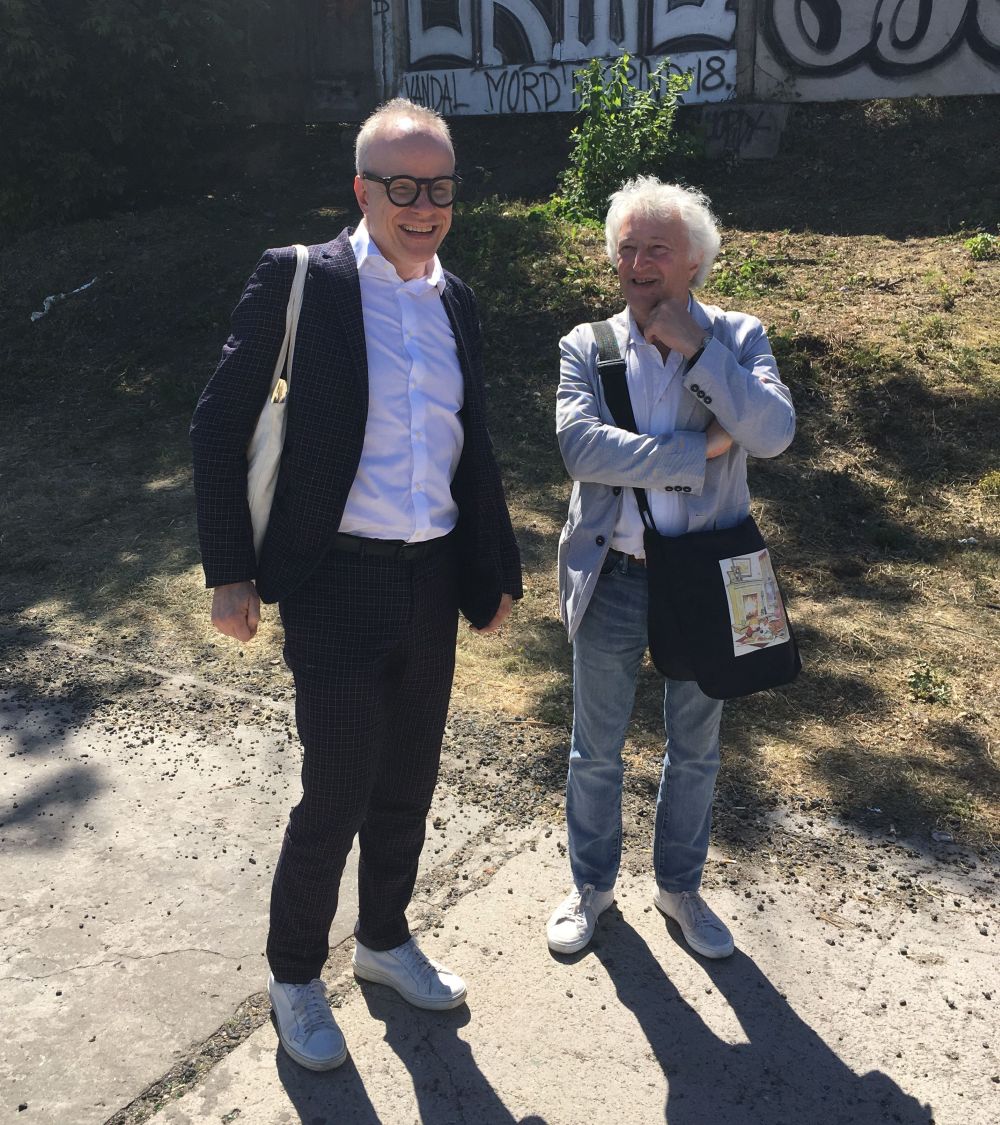
Hans-Ulrich Obrist with Victor Misiano at Andrejsala

Vladimirs Svetlovs, Rīgas līcis. 2003

Orbīta, Video Poems. 1994-2005

Kristaps Epners, Forget Me Not. 2018

Indrė Šerpytytė), (1944 - 1991) Former NKVD - MVD - MGB - KGB Buildings. 2009-18


Erik Kessel, The Human Zoo. 2018


Architect Andis Silis, patron and collector Janis Zuzans

Founders of the VW Foundation Vita Liberte and Vilnis Štrams

In the centre: Polish photographer Rafal Milach

Edgars Zaduško and Aigars Zelmenis


Chief Curator of RIBOCA1 Katerina Gregos

From left to right: patrons Dina Zuzane and Janis Zuzans, curator Helēna Demakova, director of the National Art Museum Mara Lace

Communications director of the Zuzeum Art Centre Agnese Kleina
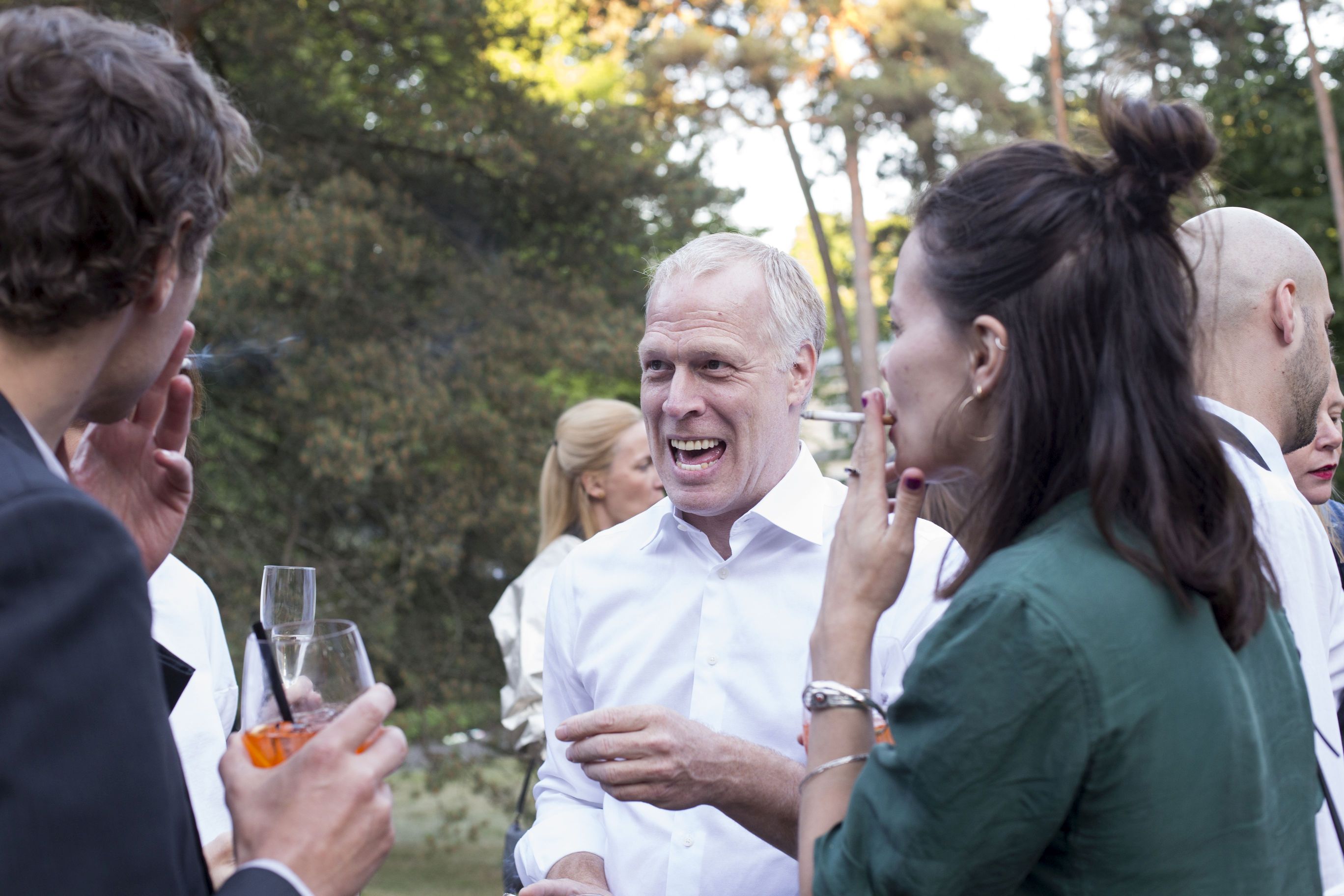
Art Cologne director Daniel Hug

Producer Martins Mielavs with his girlfriend and his daughter

Ģirts Muižnieks, Una Meistere, Ainārs Ērglis


Agniya Mirgorodskaya
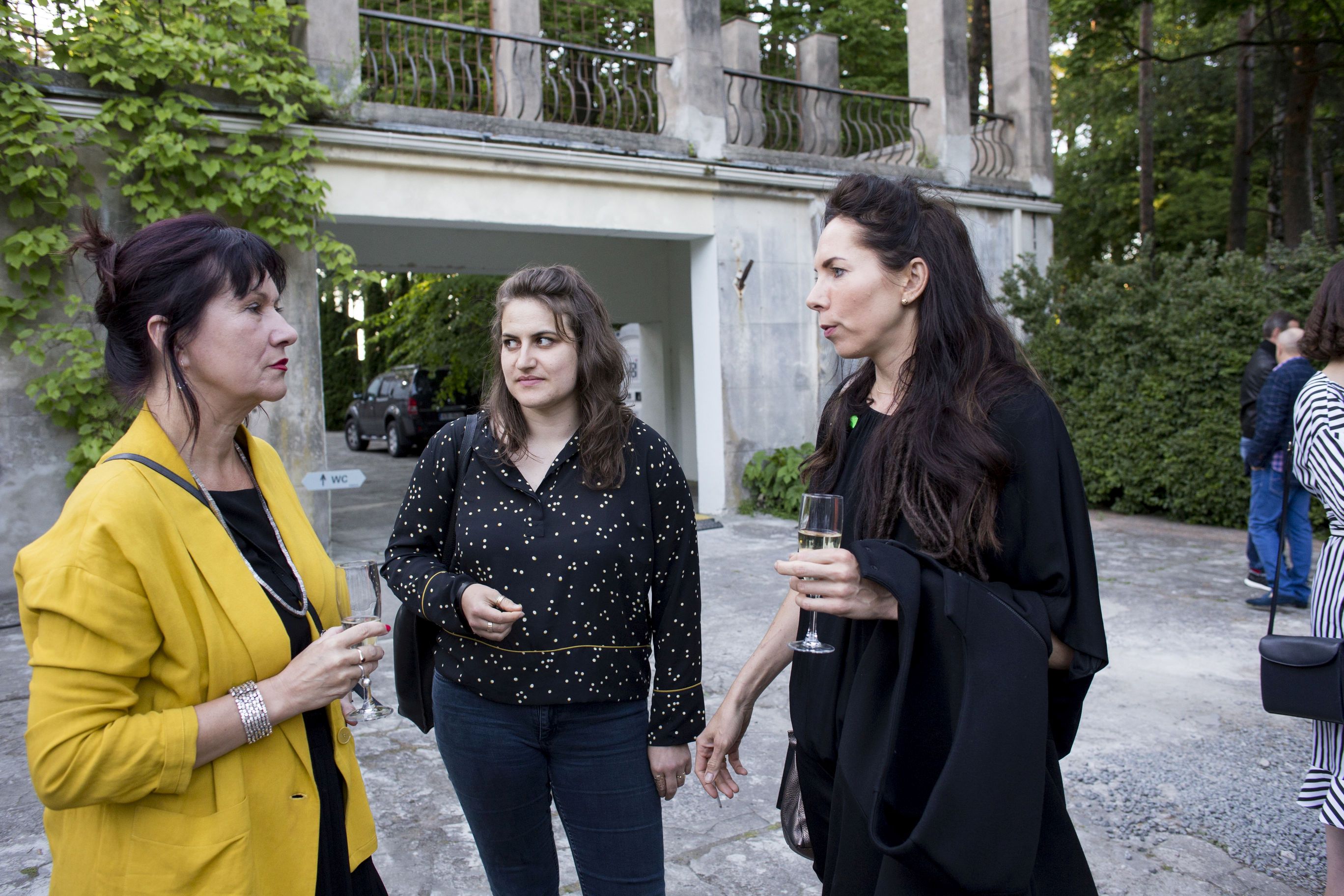
Solvita Krese, Kitija Vasiļjeva and Katrīna Neiburga


In the center: Lithuanian artist Julijonas Urbonas

Gallery Careva Contemporary owner Alise Careva


Vladislav Nastavshev performing in the gardens of the Benjamin villa (historical building in Jurmala)